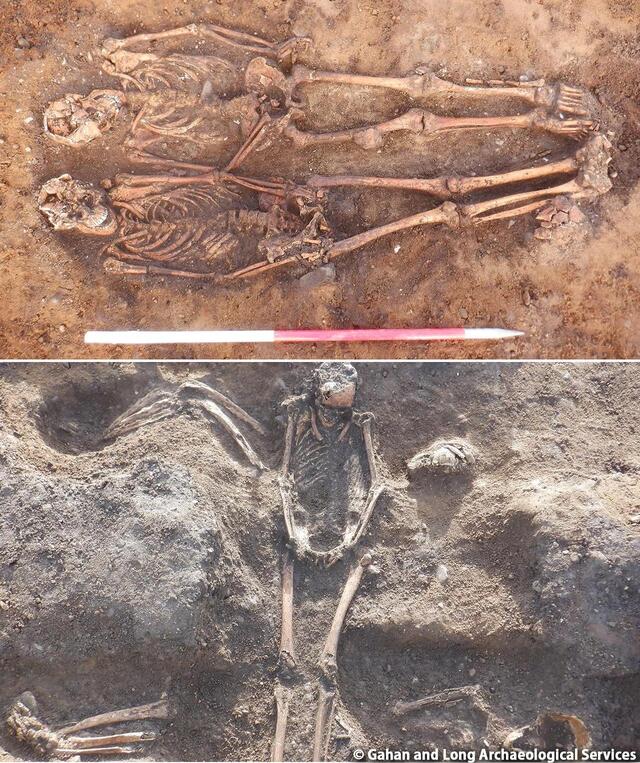The tranquil surroundings of Carrickfergus, County Antrim, Northern Ireland, recently became the focal point of an extraordinary archaeological find. While conducting preparatory work for a retail store near the historic site of Woodburn Abbey, archaeologists unearthed 146 graves, shedding light on the medieval lives that shaped this region. This discovery not only enriches our understanding of medieval burial practices but also highlights the religious and societal dynamics of Carrickfergus during the 14th and 15th centuries.
The Discovery
The excavation, led by Gahan and Long Archaeological Services, revealed a significant medieval cemetery believed to be associated with Woodburn Abbey, a prominent ecclesiastical center of its time. The graves, containing both complete skeletons and fragmented remains, offer a poignant glimpse into the lives of medieval men, women, and children.
While the exact structure of Woodburn Abbey remains elusive, the cemetery’s location strongly suggests its proximity to the abbey site. Chris Long, a leading archaeologist on the project, emphasized the importance of this discovery, noting that it provides valuable evidence of the abbey’s historical and religious influence in the earldom of Ulster.
The majority of the remains belonged to men, although several women and infants were also discovered. These findings indicate a diverse population likely reflecting the local community that lived and worshipped near the abbey.
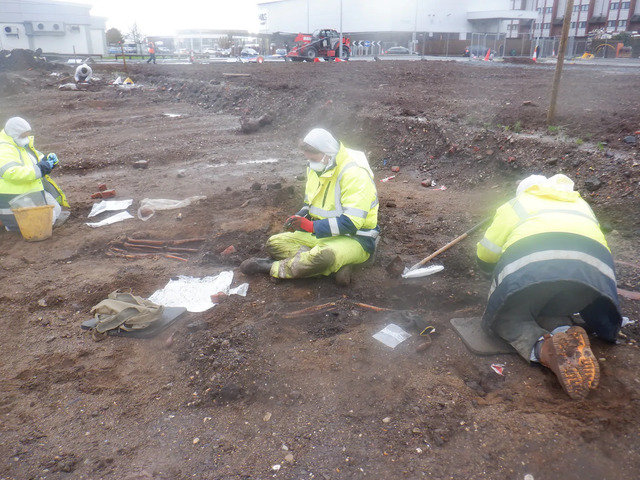
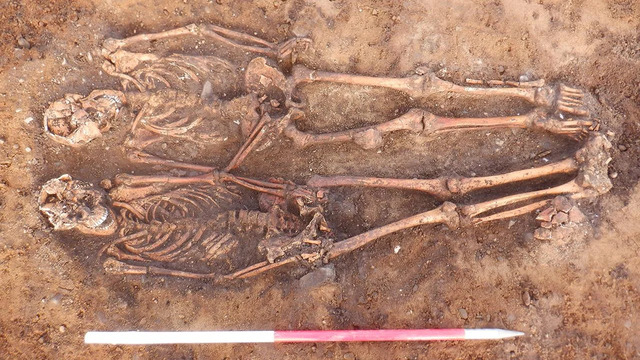
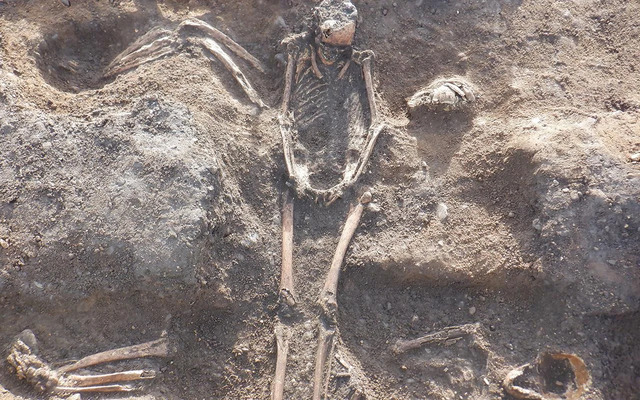
Unusual Burial Practices
One of the most intriguing aspects of the discovery is the variation in burial orientations. While many graves adhered to the traditional Christian practice of east-west alignment, others deviated significantly. Such deviations are believed to represent the burial of individuals denied full Christian rites, possibly criminals executed at Gallows Green, a nearby site historically associated with executions.
These non-traditional burials suggest that medieval burial grounds served dual purposes—honoring the devout while accommodating those excluded from sacred rituals. The graves also serve as markers of medieval societal structures, reflecting both the justice system and the influence of religion on daily life.
Clues to Medieval Life
The archaeological team is conducting radiocarbon dating and osteoarchaeological studies to extract deeper insights from the remains. Preliminary findings suggest that the cemetery holds a wealth of information about the living conditions, diseases, and dietary habits of Carrickfergus’ medieval inhabitants.
The bones are expected to reveal signs of nutritional deficiencies, injuries, and other health markers. These clues can help reconstruct the harsh realities of medieval life, from labor-intensive activities to the toll of infectious diseases. Moreover, the analysis may offer insights into the ethnic origins of the buried individuals, highlighting the potential diversity of the region’s population during this period.
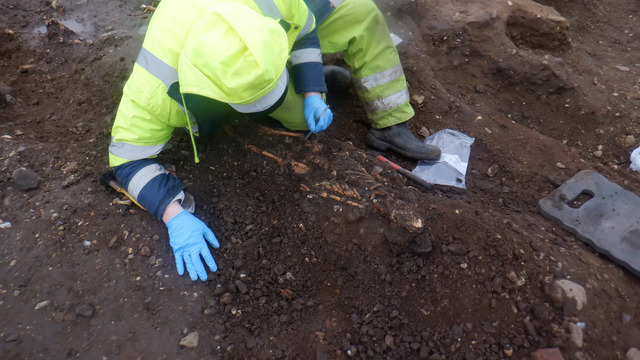
The Role of Woodburn Abbey
Although the physical structure of Woodburn Abbey has not yet been unearthed, the discovery of the cemetery underscores its historical significance. As a spiritual and cultural hub, the abbey likely played a central role in the lives of Carrickfergus’ medieval community.
Medieval abbeys were not only places of worship but also centers of education, healing, and justice. The presence of a graveyard so close to the abbey site suggests that it served as a key religious institution, providing burial grounds for the faithful. The discovery also reinforces the abbey’s role in shaping the region’s religious and social dynamics.
Unraveling the Past
The cemetery findings offer more than just a glimpse into individual lives—they tell a broader story of medieval Carrickfergus. Situated in the heart of the earldom of Ulster, the town was a bustling center of commerce and governance. The abbey, with its associated graveyard, would have been integral to the community, influencing both its spiritual and societal framework.
The mix of burial practices, from traditional Christian rites to the exclusion of criminals, highlights the societal norms and beliefs of the time. The graves also reflect the hierarchical nature of medieval society, where one’s status could determine the manner and location of burial.
Scientific Analysis and Historical Insights
The scientific analysis of the remains will provide invaluable data to complement historical records. Osteoarchaeological studies will offer details about the individuals’ ages, sexes, and health conditions, while radiocarbon dating will refine the timeline of the cemetery’s use. Together, these methods will create a comprehensive picture of life in medieval Carrickfergus.

Additionally, artifacts discovered alongside the remains, such as pottery fragments and personal items, offer tangible connections to the past. These objects not only illuminate the daily lives of the buried individuals but also provide context for their social and cultural environment.
The Importance of Preservation
The discovery near Woodburn Abbey is a stark reminder of the importance of archaeological preservation. Modern developments often risk disturbing ancient sites, yet this excavation demonstrates the value of integrating archaeological research into contemporary projects. By preserving and studying these graves, archaeologists ensure that the stories of Carrickfergus’ medieval inhabitants are not lost to time.
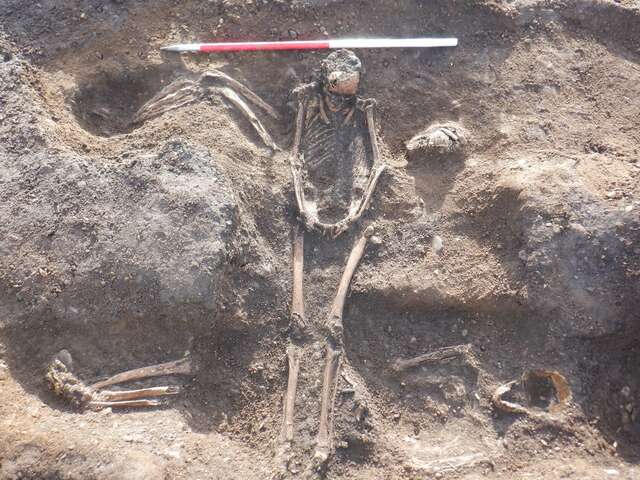
Conclusion
The unearthing of 146 graves near Woodburn Abbey has opened a new chapter in the understanding of medieval Carrickfergus. Through the meticulous work of archaeologists and scientists, the lives of these individuals are being brought to light, revealing the customs, beliefs, and challenges of a bygone era. This discovery not only honors the memory of those who lived and worshipped near Woodburn Abbey but also enriches our collective understanding of medieval history.
